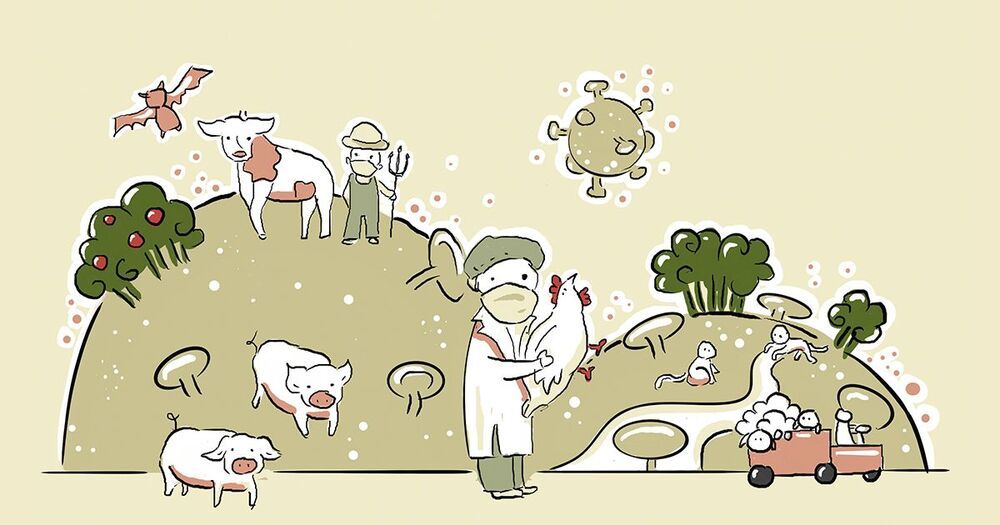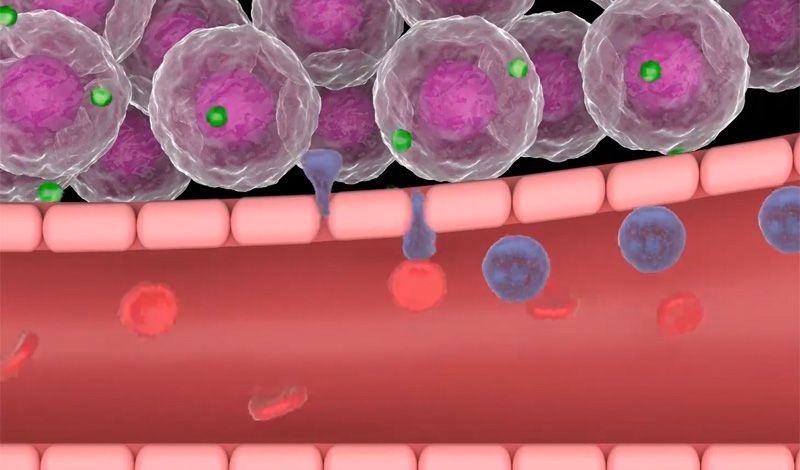These 645-square-foot domed buildings were printed in Italy over the course of 200 hours.
Get the latest international news and world events from around the world.

The Near-Magical Mystery of Quasiparticles
Using intuition, educated guesswork and computer simulations, condensed matter physicists have become better at figuring out which quasiparticles are theoretically possible. Meanwhile in the lab, as physicists push novel materials to new extremes, the quasiparticle zoo has grown quickly and become more and more exotic. “It really is a towering intellectual achievement,” said Natelson.
Recent discoveries include pi-tons, immovable fractons and warped wrinklons. “We now think about quasiparticles with properties that we never really dreamt of before,” said Steve Simon, a theoretical condensed matter physicist at the University of Oxford.
Here are a few of the most curious and potentially useful quasiparticles.

Long-Missing Midsize Black Hole Flashes Into View
Black holes seemed to come only in sizes small and XXL. A new search strategy has uncovered a black hole of “intermediate” mass, raising hopes of more to come.

How to stop a pandemic before it starts, illustrated
U.S. policymakers have spent trillions of dollars to mitigate the effects of Covid-19. But the answer to preventing the next pandemic altogether lies elsewhere.

These trees bleed metal — and could help power the future
These plants suck metals from the soil at amazing rates. Scientists hope farming the plants could provide an environmentally-friendly alternative to mining.

‘Neutrobots’ deliver cancer drugs to the brain
Researchers in China have designed a new bio-hybrid microbot, able to cross the blood-brain barrier and deliver drugs directly to brain tumours.

US spies peer into the future — and it doesn’t look good
Their predictions include growing uncertainty and instability, and more polarisation and populism.

Breakthrough discovery of misbehaving muon challenges known laws of the physical universe
The New York Times Apr 09, 2021 17:29:04 IST
Evidence is mounting that a tiny subatomic particle seems to be disobeying the known laws of physics, scientists announced Wednesday, a finding that would open a vast and tantalizing hole in our understanding of the universe. The result, physicists say, suggests that there are forms of matter and energy vital to the nature and evolution of the cosmos that are not yet known to science.
“This is our Mars rover landing moment,” said Chris Polly, a physicist at the Fermi National Accelerator Laboratory, or Fermilab, in Batavia, Illinois, who has been working toward this finding for most of his career.

‘Exciting’ breakthrough at Large Hadron Collider may be key to unlocking mysteries of universe
Physicists have seen signs that a mystery force is interacting with other particles in a manner never witnessed before. It may explain some of the deepest physics puzzles.
Dr. Suzan Murray, D.V.M., Smithsonian / SCBI — Wildlife Care And Combating Emerging Zoonotic Disease
Wildlife Care And Combating Emerging Zoonotic Diseases — Dr. Suzan Murray, D.V.M., D.A.C.Z.M. Smithsonian’s National Zoo and Conservation Biology Institute, Program Director, Global Health Program.
Dr. Suzan Murray, D.V.M., D.A.C.Z.M. is a board-certified zoo veterinarian at the Smithsonian Conservation Biology Institute (SCBI) and serves as both the Program Director of the Global Health Program and as SCBI’s chief wildlife veterinary medical officer.
Dr. Murray leads an interdisciplinary team engaged in worldwide efforts to address health issues in endangered wildlife and combat emerging infectious diseases of global significance, including zoonotic diseases.
Dr. Murray also acts as the Smithsonian liaison to the Foreign Animal Disease Threat and Pandemic Preparedness subcommittees of the White House’s Office of Science and Technology.
Dr. Murray’s work focuses on providing clinical care to free-ranging wildlife, pathogen detection, advanced diagnostics, training of international veterinarians and other health professionals, capacity building, and collaboration in infectious disease research at the human-wildlife-domestic animal interface. She previously served as chief veterinarian for the Smithsonian’s National Zoo and has a wealth of clinical knowledge and experience with wildlife and zoo animals both free-ranging and in human care.